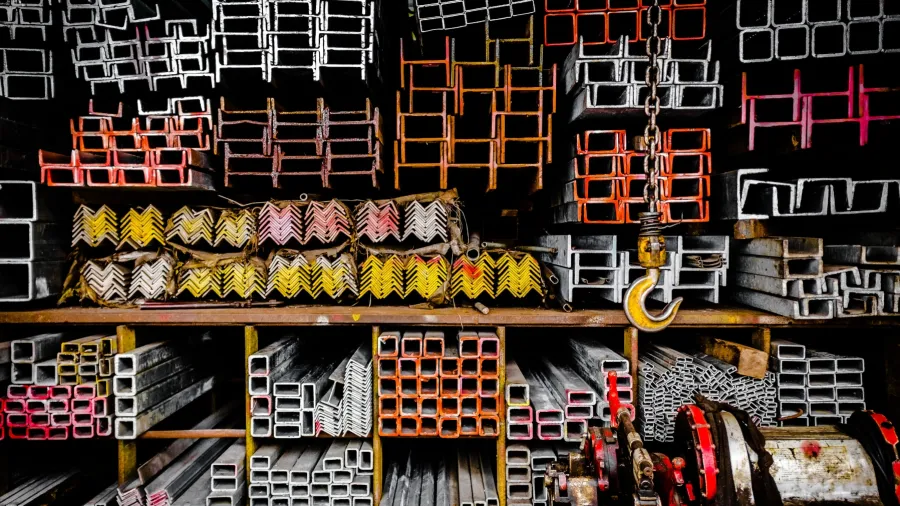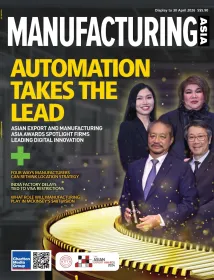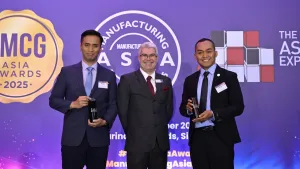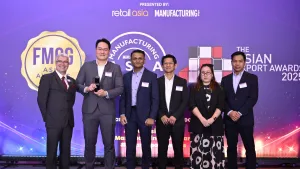
What it takes to lead in APAC’s building products and construction materials sector
By Luke RobbinsLeaders in the building products and construction materials sector must evolve to drive growth over the next two to three years.
The building products and construction materials sector in Asia Pacific stands at a pivotal crossroads. With the market expected to grow from $32.57b in 2025 to $48.52b by 2030, rapid infrastructure development and rising investment are fuelling transformation.
But with this growth comes disruption – from technological innovation and geopolitical uncertainty to shifting workforce expectations.
To remain competitive, companies must embrace a new leadership model, one that prioritises adaptability, diversity of thought, and the ability to drive change in complex environments.
Rethinking leadership in a shifting environment
The sector is grappling with increased production and raw material costs, accelerated digitalisation, and a persistent talent shortage across all levels.
Whilst digital technologies, from artificial intelligence (AI) and automation to robotics and real-time tracking, offer promise, adoption is often hindered by high upfront costs and a conservative mindset. Many companies within the industry still prioritise short-term gains over long-term transformation, and leadership pipelines often reflect this same cautious approach.
Moreover, successful tech implementation is less about technical expertise alone, and more about organisational readiness – a cultural willingness to embrace change, foster innovation, and adapt strategically.
Nowadays, the challenge for current and future leaders is two-fold: they must not only understand and navigate these technological shifts but also build organisations capable of continuous learning and adoption. This demands a fundamentally different skillset than what was once traditionally valued in the industry’s leadership pipeline.
In parallel, the shifting geopolitical landscape is creating both disruption and opportunity. Trade tensions, regulatory hurdles, and supply chain vulnerabilities have prompted many companies to pivot towards decentralised production strategies and diversifying regional partnerships.
Many organisations are looking towards Asia as the primary trading and growth region, working with China and India as alternative options, and expanding into Southeast Asia to capitalise on large labour pools, favourable costs and government incentives. Whilst this helps hedge against geopolitical tensions and regulatory barriers in the West, success in this environment demands globally minded leaders with the agility to respond quickly, manage complexity, and lead across diverse cultures and markets.
Yet, despite these sweeping changes, leadership models have largely stayed the same. A look into current CEO demographics based on S&P publicly-listed companies reveal a preference for internal appointments, often chosen to preserve culture and minimise disruption.
Coupled with an underrepresentation of females and 90% of appointments coming from internal promotions, companies risk perpetuating sameness at the top. In a sector that urgently needs new ideas, perspectives, and capabilities, this continuity can stifle innovation.
Five leadership shifts for the future
Against this backdrop, leaders in the building products and construction materials sector must evolve to drive growth over the next two to three years. Here are five key areas for change:
Embrace adaptability as a core capability
Change is the only constant. For the building products and construction materials sector, leaders must learn to manage multiple transformations simultaneously, pivoting quickly whilst maintaining strategic clarity. This means developing a mindset that sees change as opportunity and building teams capable of flexing with evolving demands.
Lead through influence, not authority
In today’s environment, leadership is increasingly about setting the tone, shaping culture, and driving engagement.
Effective leaders lead by example – demonstrating the behaviours and values they want to see across the organisation. They prioritise collaboration, connection, and inspiration, especially when working with cross-functional and diverse teams.
These capabilities are essential for bringing together and influencing a diverse mix of people with the skills and mindsets needed to succeed.
Expand and diversify the leadership pipeline
Future-ready organisations will look beyond the traditional talent pool. As APAC companies expand their footprint beyond the region, they are starting to look for ways to build more diverse leadership teams and boards.
This includes sourcing leaders from other industries, geographies, and functions who bring fresh perspectives. Diversity in experience and background is not just a social imperative; it’s a competitive one.
Companies with broader representation at the top are better equipped to innovate and problem-solve.
Invest in succession and internal mobility
Whilst expanding the leadership pipeline externally is essential for diversifying perspectives, companies must also nurture talent from within.
High-potential individuals need structured development plans that rotate them across business units, functions, and geographies. This builds the kind of holistic, enterprise-level thinking that’s essential for leadership today – and helps sustain cultural consistency and continuity in a time of change.
Balance innovation with a long-term vision
The sector sits at the intersection of immediate market demands and long-term infrastructure commitments. Strategic leaders must invest in emerging technologies and new business models, whilst keeping their eyes on the horizon.
Leaders who can strike this balance, all the whilst championing sustainability, stakeholder impact, and operational resilience will be best positioned to lead their organisations through complexity.
Building the foundations for what’s next
The traditional leadership model in the building products and construction materials sector – shaped by operational expertise and cultural continuity – served the industry well in the past. But today’s challenges require a more dynamic, forward-looking approach.
To thrive, companies must reimagine how they develop and deploy leadership.
The accelerating pace of technological change, increasing geopolitical complexity and evolving market expectations demands a new leadership paradigm. One that includes broadening recruitment criteria, fostering internal mobility, and embedding adaptability and innovation as core organisational values.
In doing so, organisations won’t just respond to change, they’ll help shape the future of the sector across Asia Pacific and beyond.



















